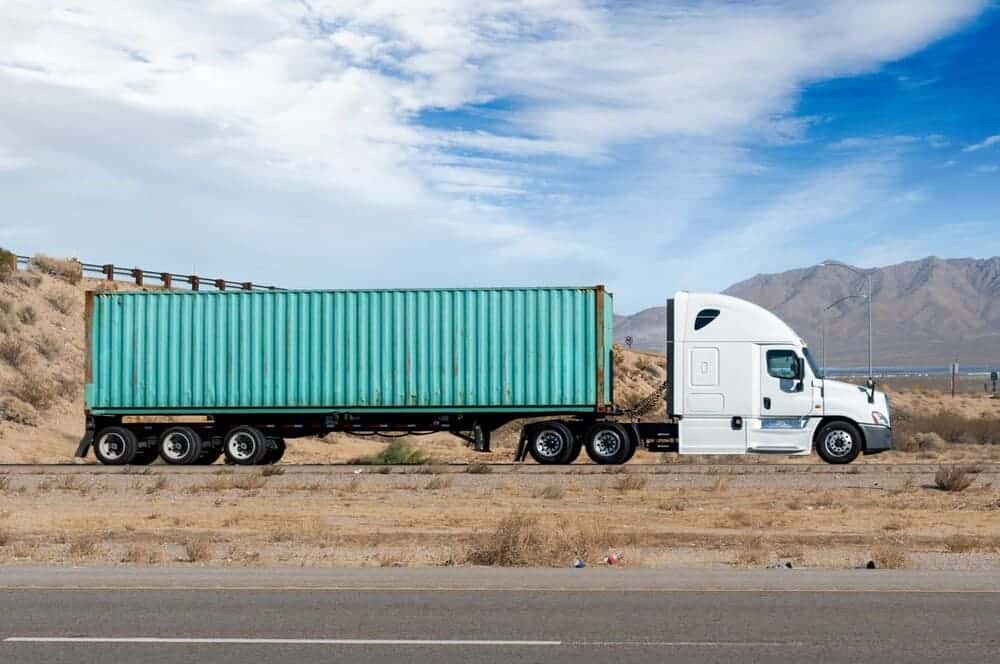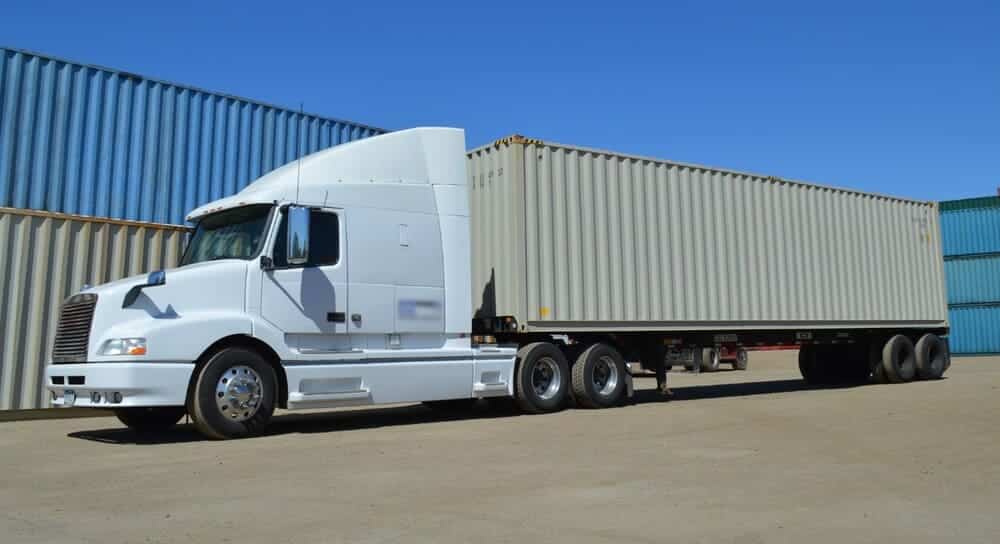

October 10, 2022

2635 Views

4 min read
Containerized Imports Show No Sign Of Slowing Down
Page Contents
In recent years, containerized imports have grown rapidly in popularity, and there is no sign that this trend is slowing down. There are many reasons for the popularity of containerized imports, including their flexibility and cost-effectiveness.

What Are Containerized Imports?
Containerized imports are shipments of goods that arrive in containers. These containers can be either 20-foot or 40-foot metal boxes, and they are used to transporting everything from electronics to clothing.
These intermodal containers have revolutionized the shipping industry, as they are much more efficient and cost-effective than traditional shipping methods. In addition, containerized imports provide a level of security and safety that is unmatched by other methods.
What Are The Benefits Of Containerized Imports?
There are many benefits to using containerized imports, including:
Cost Savings
Containerized imports are often cheaper than other methods of shipping due to the efficiencies that they offer. Compared to other methods, containerized imports can save you up to 30% of your shipping costs.
Security
The security of your goods is paramount, and containerized imports offer the highest level of security available. Your goods will be safe from theft, damage, and weather damage when shipped in a container.
Safety
The safety of your goods is also important, and containerized imports offer the safest method of shipping available. Your goods will be protected from weather damage and will not be subject to the hazards of traditional shipping methods.

FOR COMPREHENSIVE FLEET
MANAGEMENT SOLUTIONS
Flexible Mode Of Transport
Containerized imports offer a flexible mode of transport that can be adapted to your specific needs. You can choose to ship by land, sea, or air, and you can choose to ship your goods in a 20-foot or 40-foot container.
Containerized imports can be adapted to meet the needs of different supply chains, which is a major advantage over other transportation methods.
When Will Containerized Imports get Controlled?
There is no definitive answer to this question. However, all indications are that the volume of containerized imports will continue to grow in the coming years. This is due to a number of factors, including the continued globalization of the economy, the rise of e-commerce, and the increasing popularity of containerized shipping.
Where Do All The Containers Go?
A large portion of containerized imports is shipped to ports in Asia, Europe, and North America. However, containerised imports are growing rapidly in other parts of the world, such as South America, Africa, and the Middle East.

What Is The Future Of Containerized Imports?
The future of containerized imports is bright. The volume of containerized imports is expected to continue to grow in the coming years due to their many advantages. In addition, new technologies are being developed that will further increase the efficiency of containerized shipping.
Thus, it is clear that containerized imports are here to stay, and they are likely to play an even more important role in the global economy in the years to come.
What’s driving this container boom?
A big factor is the rise of e-commerce. Companies like Amazon have changed the way people shop, and as a result, there’s been a dramatic increase in the amount of goods being shipped around the world. In fact, e-commerce is expected to grow by 20 percent annually since 2021, which will likely result in an even greater demand for containerized shipping.
Another driver of the container boom is the globalization of manufacturing. A lot of the goods that are shipped in containers are made in China and other countries in Asia. These countries have become manufacturing hubs because they can access low-cost labor and raw materials. As a result, more and more goods are being produced in these countries and shipped to other parts of the world. The container boom shows no sign of slowing down.

What is The Common Theme This Year With Top Importers?
The pandemic has disrupted traditional supply chains and created new challenges for importers. In response, many companies have turned to containerized shipping as a way to ensure the timely delivery of goods. The top importers, like importers of medical supplies, food, and other essential goods, have all increased their use of containerized shipping this year. The trend toward containerized shipping is likely to continue in the coming years.
Containerized imports show no sign of slowing down due to their many benefits. These benefits include flexibility, cost-effectiveness, and adaptability to different supply chains. Containerized imports are a popular choice for shipping goods from one country to another and are likely to play an even more important role in the global economy in the years to come.
Sign up for Exclusive Trucking Tips
Test







